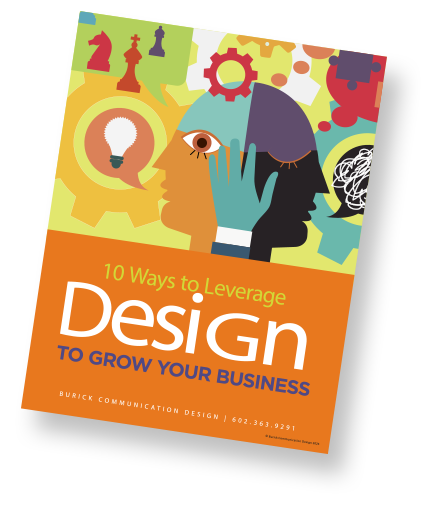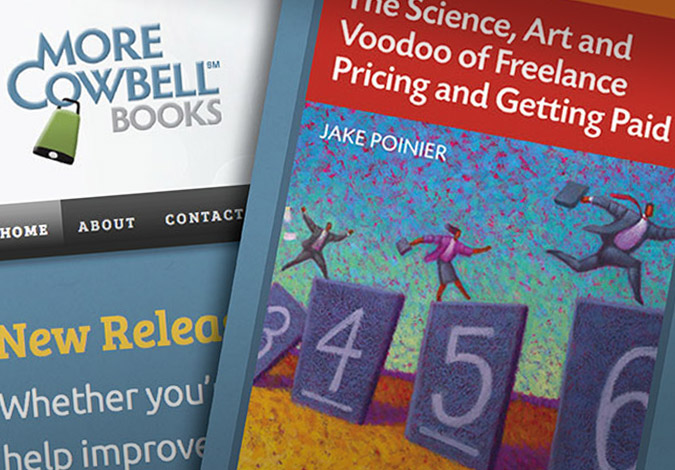
Books Don’t Sell Themselves! Microsites Help Reel in Readers
You’ve written a book, procured a publisher and proofread the final manuscript (at least a dozen times). You’ve even been given a release date. Congratulations! That’s awesome! But, have you developed a targeted marketing strategy? How are you going to persuade prospective readers into actually buying your book?
One valuable promotional tool that can help authors and publishers maximize exposure on a limited budget is a microsite. A microsite is an individual web page or cluster of pages that are meant to function as a discrete entity or to complement an existing website. The microsite’s main landing page can have its own domain name or a subdomain name.
A microsite can serve as a flexible platform to market and promote a book, encourage people to buy it through a call-to-action (CTA) and generate a buzz of excitement around its debut by providing a “sneak-preview” of its contents. Unlike a traditional “press kit,” a microsite gives a book a unique, engaging look, feel and presence. It can be strategically used to secure media coverage, pre-sell a book or land speaking engagements. It can also help authors amass a targeted database of followers.
One Author’s Microsite
 Gary Polsky spent almost two years building a loyal following at his Apex Lifestyle Design website, which is targeted to leaders in the business community. When he published his first e-book this summer, Selling Healthcare: 5 Strategies to Create High-Return Relationships in Healthcare Sales (Que Publishing), he decided to launch a separate microsite to promote it.
Gary Polsky spent almost two years building a loyal following at his Apex Lifestyle Design website, which is targeted to leaders in the business community. When he published his first e-book this summer, Selling Healthcare: 5 Strategies to Create High-Return Relationships in Healthcare Sales (Que Publishing), he decided to launch a separate microsite to promote it.
“To simply add a tab to my existing website wouldn’t give the new e-book the special attention it deserves,” says Polsky. “A dedicated microsite gives me creative freedom to brand the e-book and craft customized messages specifically targeted to healthcare sales professionals. Another benefit of the microsite is that I can link it to my Apex website, which allows me to cross-promote the e-book to that audience of potential readers.”
Microsite Tips
Authors and publishers can use a variety of elements to attract interest in their microsite.
- Quick content preview – Post screenshots of the cover, index and table of contents. Include excerpts, a few pages or a first chapter to give a sampling of the work.
- Plot synopsis – In a few short sentences, tell readers how your non-fiction book will benefit them or what they can expect to learn. Fiction authors have the opportunity to introduce their theme, main characters and basic premise, whetting a reader’s appetite for “what comes next.”
- Author recognition – Whether it’s your first book or your fifth, here’s a chance to sell the reader on your credibility and personality. Invite readers to submit questions or include a Q&A with the author. Apprise readers about book signings and other events.
- Testimonials – Share reviews from other authors, experts and readers. Include your press release and related media coverage.
- Attention grabbers – Tap into technology using music, videos, pictures, graphics or animation to promote the book. Visual and audio elements can turn a simple microsite into a viral phenomenon.
- Point of purchase – Tell readers where they can find your book and how much it costs. Provide an easy-to-use link to order the book directly from the microsite. Book-related merchandise can also be sold through the microsite.
Interactive Branding
One of the hallmarks of microsites is that they can be tagged with relevant, specific keywords to improve search engine optimization and therefore increase traffic flow. Microsites can also be branded with key messages designed to spur enthusiasm among consumers interested the author’s topic or genre.
“A microsite makes a book come alive to readers, because they can regularly interact with the author through blogs, videos and posts,” says Polsky. “Whether it’s selling a book or selling healthcare, it’s all about building relationships. People like to feel connected. Microsites cast a wide enough net to reach the masses, yet are intimate enough to provide readers with a sense of community and belonging.”
Have you used a microsite to promote a book project? What worked? What would you do differently? How did the microsite help drive sales?
Continue the conversation. Connect with us on Google+


























